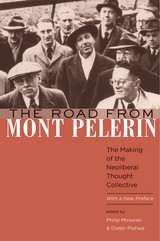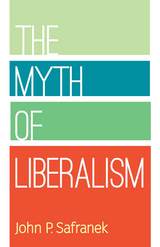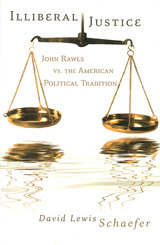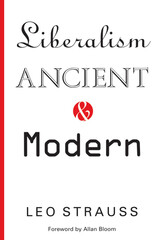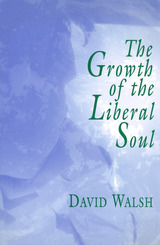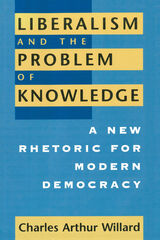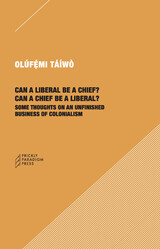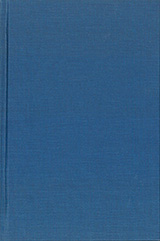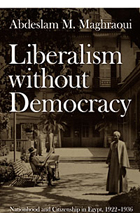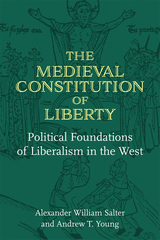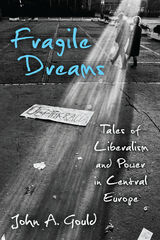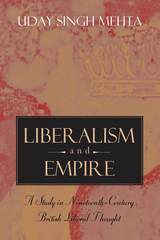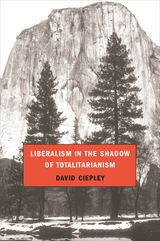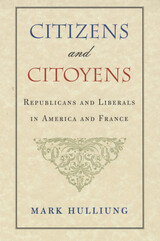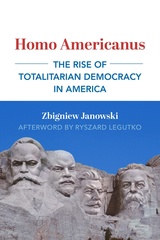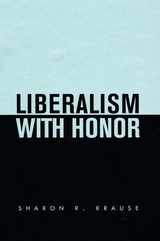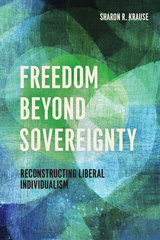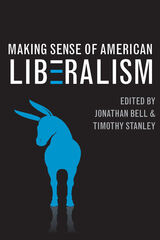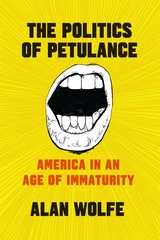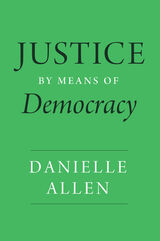cover
Front cover
Title page
Copyright page
I. Introduction
1. The discovery of liberalism in Eastern Europe
2. The actuality of liberalism
3. Has liberalism scored a victory?
4. Response to the challenge
5. The problem of the migration of ideas
6. What is this book about?
1. The difficulty of defining liberalism
2. Banalized liberalism
3. Who is a liberał in Eastern Europe?
4. A temperament or a philosophy of life?
5. The language of the rights of the individual
6. The problem of economic liberalism
7. A multitude of liberalisms
1. Eastern Europe vis-a-vis the West
2. The myth of the 'golden freedom' of old Poland
3. Economic backwardness and the absence of a liberał tradition
4. Non-economic reasons for the weakness of liberalism
5. Liberał ideas in interwar Poland
6. Communism versus liberalism
1 . Liberalism as communism a rebours
2. A question about the 'liberalism ' of the democratic opposition
3 . 'Anti-political ' politics
4 . Autonomy of the individual and individualism
5 . Collective individualism
6 . The private and the public
7 . Towards a civil society
8 . The problem of the theoretical tradition
9. What is civil society?
1 0 . Civil society vis-a-vis the morał unity of citizens
11 . A society without an economy
12 . Limitations of the idea of civil society
13 . Is this really protoliberalism?
14. The collectivism of Solidarity
15 . Conclusion
1. 'Creative' versus 'revolutionary' anti-communism
2. Direction of the reorientation
3. Various dimensions of the liberał reorientation
4. Capitalism in a communist state
5. How can communism be liquidated?
6. A different civil society
7. Liberalism as a whip against the left
8. Liberalism after 1989: the perspective of the big leap
9. Capitalism as an ideological project
10. The sin of constructivism
11. The allure of authoritarianism
12. 'Pragmatism' or etatism
13. The legacy of socialist etatism
14. The political crossroads of applied liberalism
15. Conclusion
1. How far does liberalism reach?
2. Liberalism versus Christian values
3. The situational and doctrinal context
4. The line of di vision
5. Is dialogue possible?
6. The weakness of political liberalism
VII. Epilogue
Index ofNames
back cover

